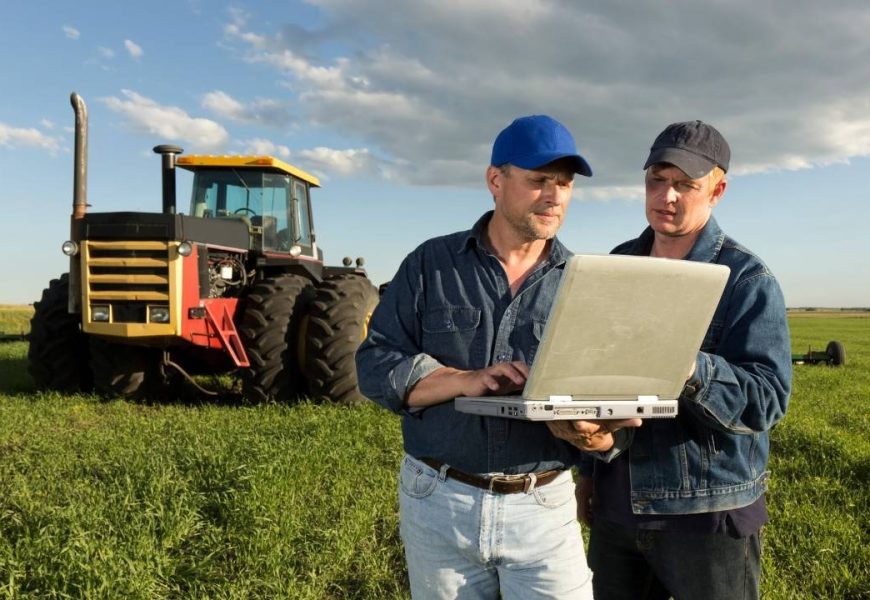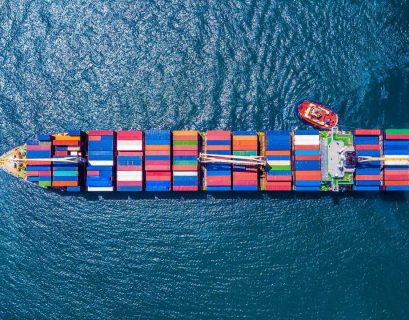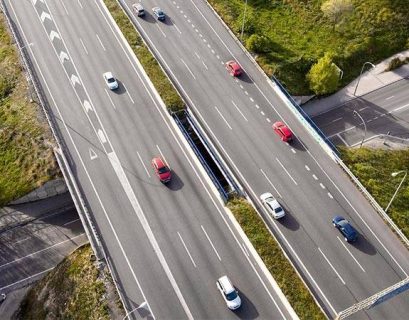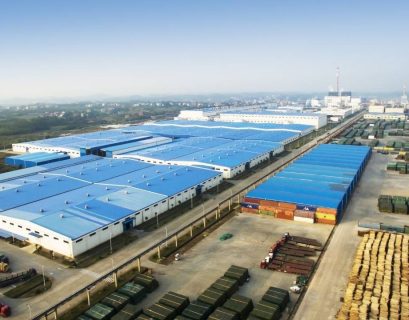The agricultural sector, which has undergone transformations spanning over 10,000 years, constantly seeks improved yields and efficiency. Artificial intelligence (AI) has emerged as a groundbreaking innovation, poised to become the most significant advancement in decades, offering substantial benefits to farms worldwide.
The success of farmers heavily relies on accurate forecasting. Throughout millennia, decisions on crop selection have been based on weather and market predictions. AI models, proficient in pattern recognition, are revolutionizing these forecasts by processing data at a scale beyond human capability, resulting in more precise predictions.
AI’s impact on agriculture is articulated by Will Kletter, VP of operations at ClimateAI. The technology provides precise, localized climate forecasts, assisting in the selection of optimal crop sites and types.
While the agtech sector has witnessed varying outcomes, with certain AI and robotics startups facing financial challenges, optimism remains prevalent regarding AI’s potential to enhance productivity and environmental outcomes. Technologies that integrate high-precision cameras and machine learning are emerging, rapidly analyzing data through “computer vision” for smarter farming practices.
Blue River Technology, now part of John Deere, has developed a notable innovation by attaching cameras to crop sprayers. AI-trained cameras identify weeds, enabling targeted herbicide application. According to Willy Pell, CEO of Blue River, this approach, focused on intensive plant care, leads to higher outputs with lower inputs, showcasing AI’s scalability even on large farms.
Nadav Bocher, CEO of Greeneye Technology, anticipates regulatory incentives for adopting precision spraying technologies due to their environmental benefits.
The evolution of AI promises more sustainable farming methods. High-resolution data from cameras provides valuable insights and recommendations, particularly crucial in developing countries where the benefits of AI risk favoring large agribusinesses over small-scale farmers.
Michael Selvaraj, a digital agriculture scientist, has developed the Tumaini smartphone app to assist banana growers in identifying diseases and pests. Described as an “early warning system,” the app supports policymakers in risk mapping and epidemiological studies.
David Guerena, an agricultural scientist contributing to Tanzania’s Artemis Project, discusses the inefficiency of traditional breeding methods. The Artemis Project employs AI to collect plant data via an app, aiding in the selection of genes adapted to specific locations and climates.
AI plays a vital role in estimating soil carbon levels, which are critical carbon sinks. Martha Farella, a data scientist at Stantec, suggests that traditional ground sampling is time-consuming and limited. She proposes a more efficient, large-scale approach using remote sensing combined with machine learning. These models predict soil carbon based on known values and remote sensing data.
Ben Wark, head of Asia-Pacific at Downforce Technologies, discusses the company’s solution involving remote sensing and machine learning to create a “digital twin” of properties. This aids landowners in understanding and managing carbon sequestration, with the platform allowing monitoring of soil carbon changes due to land management practices and facilitating the creation of carbon credits for business insetting.
Wark emphasizes the importance of data in managing soil health, stating that understanding past practices is crucial for improving soil carbon and overall health.


















